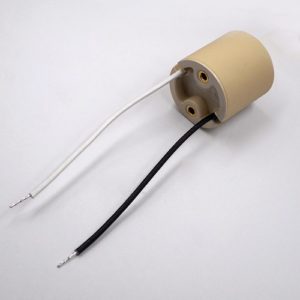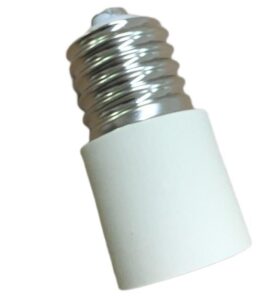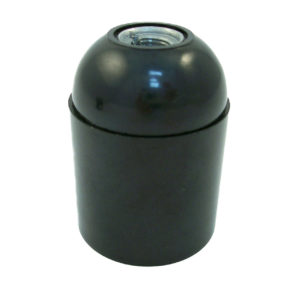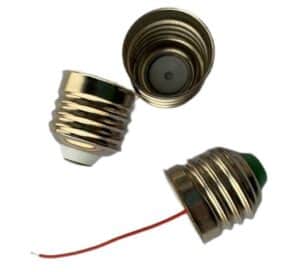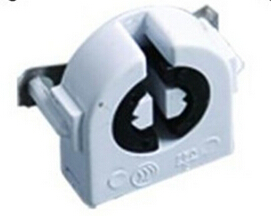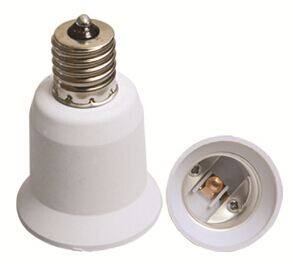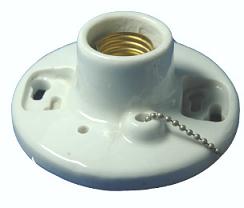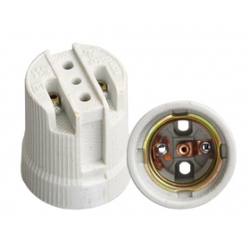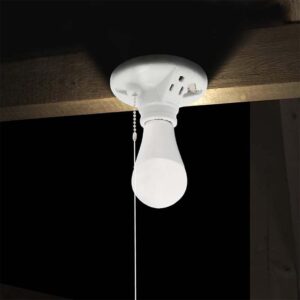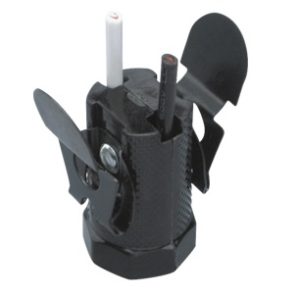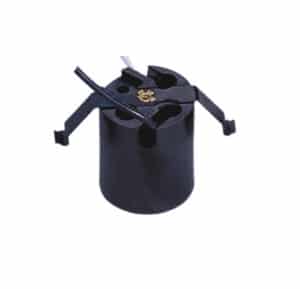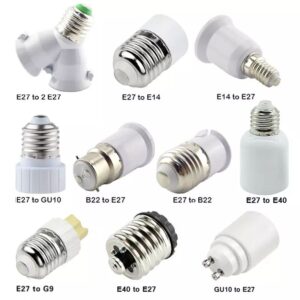Dealing with a stuck light bulb in a recessed light socket can be frustrating. It might seem like the bulb is never going to come out without breaking it or damaging something. You can safely and easily get a stuck bulb out with the right tools and techniques.
The safest way to remove a stuck light bulb from a recessed socket is to turn off the power, put on gloves, and use some traction or gripping tools to slowly unscrew it.
There are a few reasons why a light bulb might get stuck in a recessed socket. One is heat expansion. Recessed lighting fixtures trap heat, and over time, the metal base of the bulb can expand slightly. This makes it hard to unscrew. Long-term use in damp areas like bathrooms or kitchens can cause corrosion or rust to form between the metal base of the bulb and the socket. Over-tightening the bulb when you first put it in can also make it get stuck.
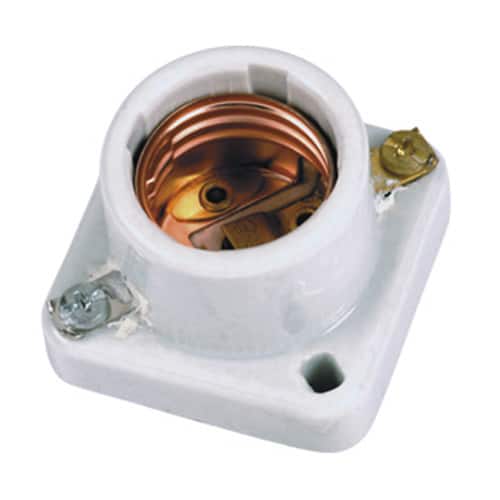
Safety Precautions Before Removing a Stuck Light Bulb
Before attempting to remove a stuck light bulb, always prioritize safety. The first step is to turn off the power to the fixture at the breaker. This will help prevent any risk of electric shock. Even if the switch is off, there’s still a chance that the socket is live, especially if there are wiring issues.
Next, if the light bulb has been on recently, allow it to cool down for a while before touching it. Bulbs, particularly those in recessed sockets, can get extremely hot, and trying to remove them while they’re still warm could result in burns. Once the bulb is cool, wear protective gloves to protect your hands from potential cuts or burns, especially if the bulb breaks during removal.
Step-by-Step Methods to Remove a Stuck Light Bulb
Method 1: Rubber Gloves for Extra Grip
If the bulb is intact but won’t turn, wearing rubber gloves can provide the extra grip you need. The rubber surface increases friction, allowing you to grip the bulb more securely and twist it out. With the power off and the bulb cool, gently but firmly grip the bulb and turn it counterclockwise. Be patient and avoid applying too much force, as this could break the bulb or damage the socket.
Method 2: Tape for Traction
If the bulb is too smooth to grip or if the gloves don’t work, try using duct tape to create traction. Cut a long strip of tape and form a loop with the sticky side out. Attach the tape to the middle of the bulb, then use the loop as a handle to twist the bulb counterclockwise. This method provides additional leverage, which is often enough to loosen the bulb without damaging it.
Method 3: Use of a Bulb Extractor Tool
For recessed lighting, especially in hard-to-reach places, a bulb extractor tool can be a great option. These tools are designed with suction cups or gripping mechanisms that attach to the bulb, allowing you to twist it out easily. Follow the instructions provided with the extractor to secure it to the bulb, then gently twist the tool to remove the bulb. This is particularly useful for removing bulbs from recessed sockets that are too high to reach with just your hands.
Method 4: Handling a Broken Bulb
If the bulb breaks while you’re trying to remove it, don’t panic. You can still safely remove the base by using needle-nose pliers. First, make sure the power is off, then carefully insert the pliers into the base of the bulb. Grip the metal part and gently twist counterclockwise. Another common trick is to use a raw potato to grip the remaining part of the bulb. Cut the potato in half and press it firmly into the broken base, then twist the potato to unscrew the bulb. The potato gives you enough leverage to turn the base without damaging the socket.
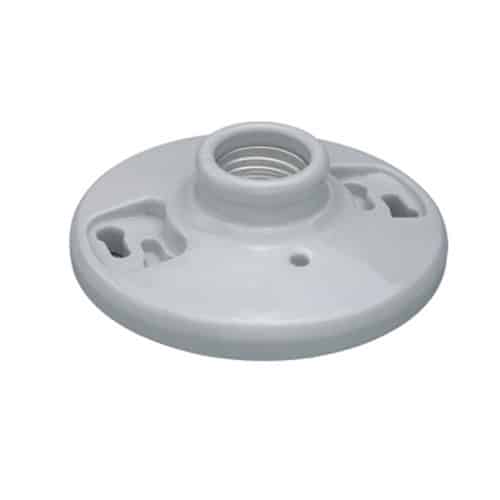
What to Do If the Bulb is Corroded or Rusted In
If you notice that the bulb is stuck due to corrosion or rust, you can try using a lubricant like WD-40. Apply a small amount of lubricant to the base of the bulb, being careful not to get any on the wires or socket. Let the lubricant sit for a few minutes to work its way into the threads. After that, use one of the grip methods mentioned above to gently twist the bulb out. Be patient, as it may take a few attempts for the lubricant to fully loosen the corrosion.
Preventing Future Issues with Stuck Light Bulbs
To avoid having a stuck light bulb in the future, there are several preventive measures you can take. One effective method is to apply a small amount of anti-seize lubricant to the threads of the bulb before screwing it into the socket. This will help prevent the metal from fusing with the socket due to heat or corrosion, making it easier to remove the bulb later.
Another tip is to avoid over-tightening the bulb when you install it. Light bulbs should be screwed in until they are snug but not so tight that they become difficult to remove. Over-tightening can make them harder to unscrew, especially in recessed lighting where heat buildup is common.
Lastly, consider switching to LED bulbs if you haven’t already. LED bulbs generate much less heat than traditional incandescent or halogen bulbs, which reduces the chances of the bulb expanding or fusing with the socket over time. LED bulbs are also more energy-efficient and tend to last longer, meaning you won’t have to replace them as often.
When to Call a Professional
If you’ve tried all these methods and still can’t remove the stuck light bulb, or if you’re concerned about damaging the socket, it may be time to call a professional electrician. A professional can safely remove the bulb and inspect the socket for any wiring or electrical issues. If the socket is damaged, it’s important to have it repaired or replaced by a professional to ensure your recessed lighting remains safe to use.
Additionally, if the bulb is located in a high or hard-to-reach place, it’s better to call a professional who has the right equipment to safely access and remove the bulb without risking injury.
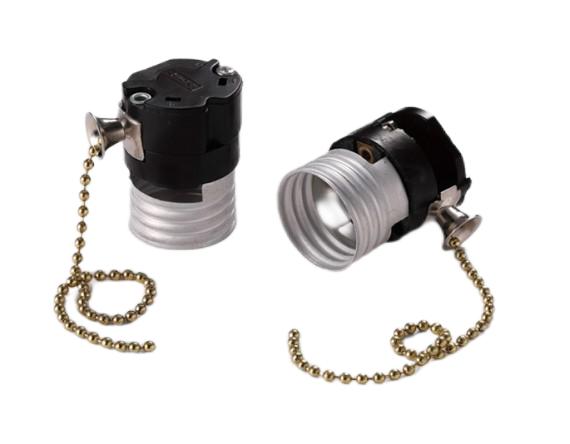
Final Words:
Getting a stuck light bulb out of a recessed lamp socket can be frustrating, but you can do it safely with the right tools and techniques. Whether it’s using rubber gloves, putting tape on the bulb to get a better grip, or using a tool, there are a few different ways to make this happen. Taking steps to prevent stuck light bulbs, like using anti-seize lubricant or LED bulbs, can help you avoid this problem in the future. If you try everything and nothing works, call a professional to get the bulb out safely and keep your light fixture in good shape.

